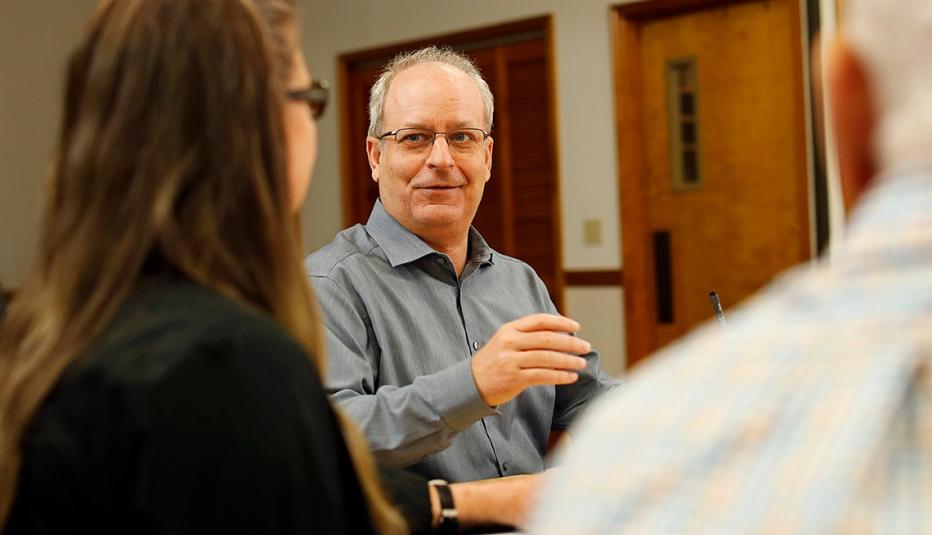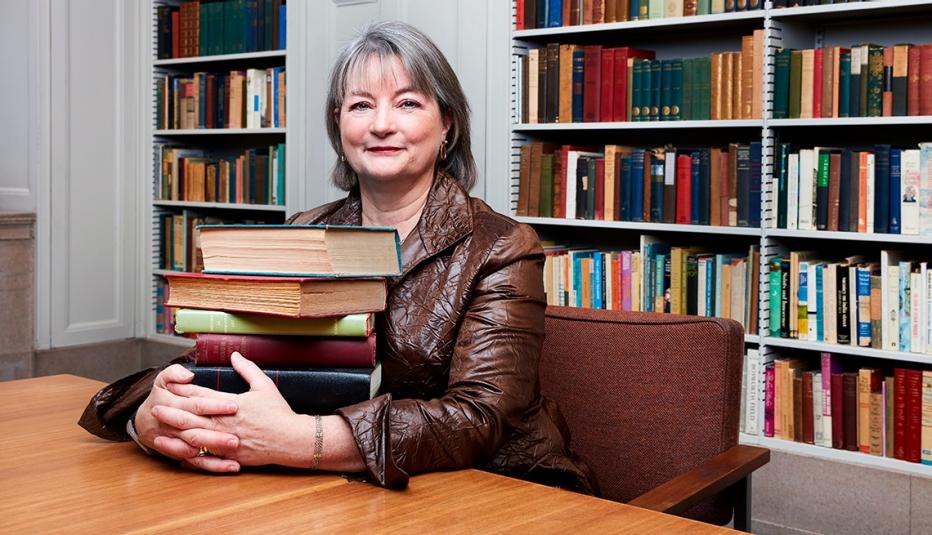AARP Hearing Center


Today’s libraries are hardly the self-contained structures of yesteryear, solely housing books. And we’re not talking about the mere addition of technology either. Libraries have increasingly become a central and interactive part of the community, a hub of information, activity, and engagement. Sari Feldman has taken that dynamic to a whole new place. Literally.
Inspired by the trend of libraries forging partnerships with other community institutions, Feldman, executive director of Cuyahoga County (Ohio) Public Library and a former president of the American Library Association, reached out to one of the county’s most respected institutions with the idea of placing “a real library service in the county hospital.”
The appeal of the idea was multifaceted, for it would tap a true city asset—that is, the county’s prized hospital—to greater benefit by enabling it to connect more closely with a much broader range of county residents. On the one hand, the county’s hospital boasted top-notch medical facilities; on the other, Cuyohoga ranked in the bottom third on overall health outcomes, with behavioral and socio-economic measures being the primary culprits for dragging down its rankings.
Translation: a key to improving the health of residents lay within the community just as much as it did inside the walls of any state-of-the-art hospital. So Feldman went to work.
With the support from the Mount Sinai Foundation, she teamed with the hospital to repurpose a flower shop—which was ideally located near a bustling cafeteria—into a “hospital branch” of the library. The branch opened in 2010 and “right from the minute [it] opened, it was a complete success,” Feldman recounts. “Having staff engaged with the library helped … engage patients and their families.”
In a county where socio-economic factors negatively impact health and well-being, doctors and nurses immediately started referring patients and family members to the library for health information specific to them on topics such as diet, care, and treatment. Longer-term patients readying to reenter the community now had computer access for tasks such as job search. Doctors and other staff even came by for information, while family members used the space for both information gathering and respite. And today new mothers, many of whom come from the most disadvantaged areas of the county, get a special library delivery, presented by volunteers: a gift pack that includes children’s books and a wealth of parenting information.
Opportunities to build on the concept and continue fostering well-being, meanwhile, seem almost endless. Further underscoring the concept of the library as a community hub for all—including employees—the hospital is considering an on-site GED program for staff who don’t have high-school diplomas. Further, the partnership between hospital and library flows in both directions—that is, from hospital to other library branches. The hospital, for example, has become a valuable partner in developing library health programming, such as a heroin addiction series.
Cuyohoga Libary’s position as a dynamic community hub fuels Feldman with energy to do even more. Naturally, she feeds that energy right back into the library system.
“There’s never been a day that I couldn’t wait to go to work,” she says, “because I really believe in what I’m doing.”
Read more about the AARP Well-Being Champions.



































































